Second time around, Chinese mothers turn away from C-sections
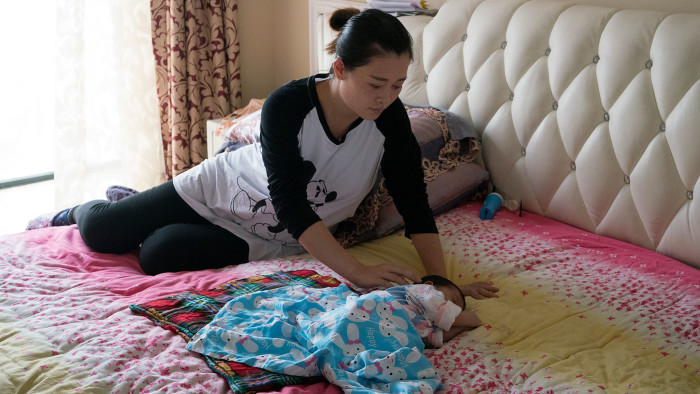
Roula Khalaf, Editor of the FT, selects her favourite stories in this weekly newsletter.
In the fog-wrapped city of Yichang on the Yangtze in the shadow of the world’s largest hydroelectric dam, Wan Xindi is triumphant as she cares for her new baby daughter. Her second child is healthy and cute, but Wan is most proud of how she came into the world: the old-fashioned way.
A natural birth is in itself an accomplishment in China, where caesarean section rates were, until a few years ago, the highest in the world. Wan was one of the many Chinese women who underwent a medically unnecessary C-section when her first baby arrived. During her second pregnancy, the 25-year-old went to every hospital in Yichang, determined to find a doctor willing to allow her to attempt a vaginal delivery. In the process, she became a foot soldier in the battle to wean China off its addiction to C-sections.
“We think of ourselves as tunnel fighters or guerrillas. We find all kinds of ways to make it happen,” she says. Her weapon of choice: the smartphone.
China’s decision in 2013 to allow most couples to have two children has involved undoing social practices entrenched over 35 years of the one-child policy. One of those is the preference for C-sections that are not needed for any medical reason.
All else being equal, C-sections involve a slightly higher risk to the mother than natural births. They also increase the possibility of life-threatening complications in future pregnancies, including rupture of the uterus or abnormal attachment of the placenta. These risks become a national problem when nearly half of women approaching their second labour have had a C-section during their first.
In the first half of this year already, the number of maternal deaths has climbed by nearly one-third compared with last year. “This is due to the second-child policy,” says Mao Qun’an, a spokesman for the National Health and Family Planning Commission. “We are promoting the idea that women need to consider that if they choose C-sections for their first birth it could affect their second pregnancy.”
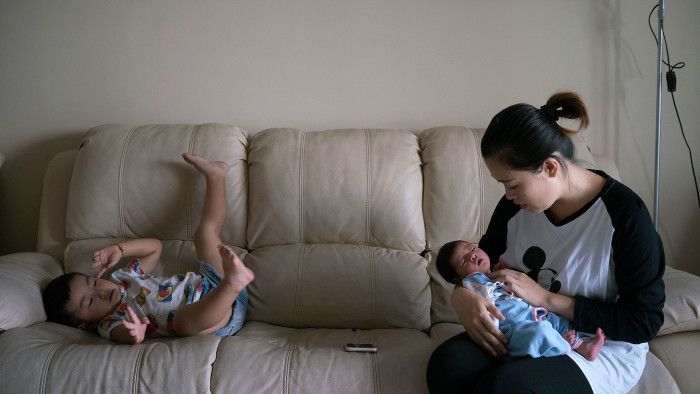
“It’s very dangerous,” says Pang Ruyan, vice-president of the Chinese Maternal and Child Health Association, which argues against C-sections in the Chinese system and advocates a greater role for midwives to assist with natural births. “The only reason the rate of C-sections is so high is because people expected to only have one child. They didn’t need to think about having another, or the risk of ruptures.”
The World Health Organisation puts the optimal C-section rate for the health of mothers and babies at between 10 and 15 per cent. In the US, with its lawsuit-prone system geared towards medical intervention, the rate is 33 per cent. In the UK, it is 24 per cent. In China, the rate had reached 46 per cent by 2008 before health officials realised the extent of the problem. Some urban hospitals delivered more than 70 per cent of babies by C-section until the government began to stem the practice about four years ago.
As China prepares for an increase in second births, the health system is moving away from C-sections. In the spirit of the planned economy, public hospitals have been given C-section quotas. Doctors — some of whom have never attended at a vaginal delivery — are being given crash courses in natural birth or are being retrained in surgical techniques to reduce the risks in future pregnancies.
China’s official C-section rate has dropped to 35 per cent, and the health ministry has embarked on an unusual attempt to change public perceptions in favour of natural birth. Efforts to re-educate Chinese mothers range from online classes and smartphone information apps featuring healthy pink infants, to gory videos of C-sections that go viral on Mother’s Day.
The second front in the battle to wean China off C-sections is being led by women like Wan. Some mothers like her who have already had a C-section have decided to attempt vaginal delivery the second time around (known as a “vaginal birth after caesarean”, or VBAC). This option carries its own risks: the first scar can rupture during the birth.
Their inspiration and support come from a stocky professional midwife in her 50s named Zhang Hongyu, an agony aunt for women in China hoping to take control of how their babies are born. From her home in the southern island province of Hainan, Dr Zhang maintains smartphone apps that extol the benefits of natural birth. She hosts forums — online and on the ubiquitous Chinese social-networking app WeChat — that buzz with discussions between hundreds of expectant mothers. Some women text for help and advice straight from the delivery room. “A lot of people are not very clear about this natural process,” Dr Zhang says.
In the chatrooms, converted mothers like Wan jump in to answer the concerns of novices to natural birth. “I learnt so much in all these online classes, I feel I should share it. Some of the mothers, they don’t bother to research much,” she says.
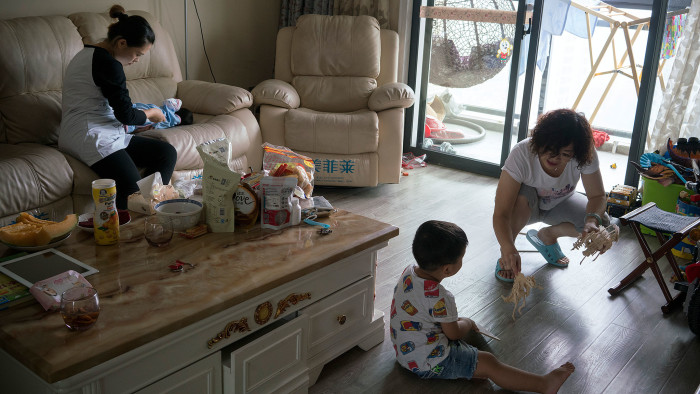
Wan’s own quest for a VBAC was followed avidly by the group. “I’m not going to livestream,” she told her followers the day she checked into the hospital. She nonetheless proceeded to text updates. “The pain is bearable,” read one. “They were all waiting to see if I could do it. I’ve inspired a lot of them,” she says.
Why do so many Chinese women choose C-sections? Doctors blame the families. New parents and, critically, grandparents, will do anything to make sure their one baby is perfect, including selecting the right day and even hour for an auspicious birth. Older people believe that young women brought up as single children are too pampered to bear pain. For years, C-sections have been marketed as high-tech and pain-free, with no mention of discomfort after the operation or the risk to future pregnancies.
“When people only have one child they are overly worried,” says Dr Zhang. “They are worried about loss of oxygen; they want to hurry up and get it out and have their healthy baby. Plus they think surgery is simple and fast.”
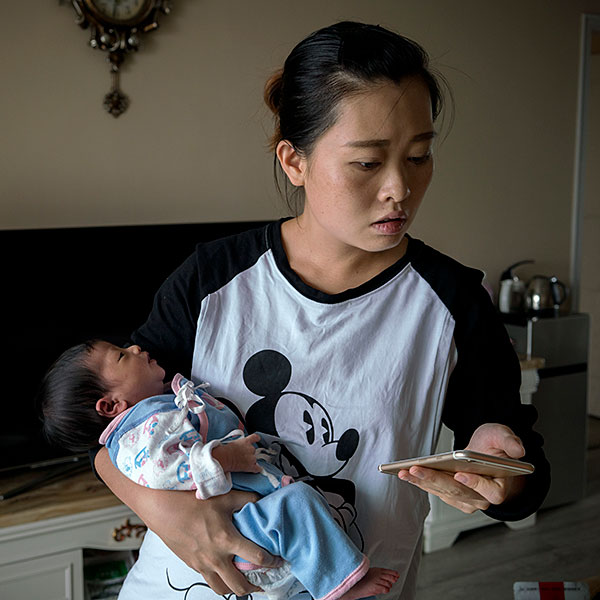
Women like Wan argue that not-so-subtle pressures from doctors scare women (or their husbands and in-laws) into asking for medically unnecessary C-sections. “The doctors always tell you the worst-case scenarios. First-time mothers always listen to the doctors,” she says. “Second-time mothers are much more confident.”
For overcrowded urban hospitals, the financial incentives are clear. In Yichang, a natural birth costs about Rmb3,000 ($450) and requires a nurse or midwife’s attention for several hours. A C-section costs up to Rmb11,000 and only takes up about 30 minutes of the doctor’s time, providing a much more attractive revenue stream. Surgeries also yield a larger hongbao (a gift packet) from grateful families. Unscrupulous doctors can pad out revenues further by making quicker (but harder to heal) vertical incisions, charging per suture to close the wound or adding extra fees to remove gauze or stitches.
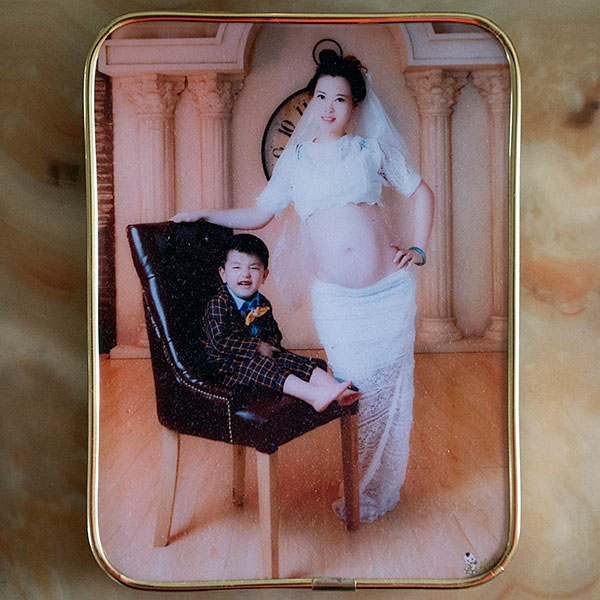
In the 1980s, hospital births were the privilege of China’s urban citizens. Women in rural areas had their babies at home and went to hospital for abortions or sterilisations after out-of-plan pregnancies. But by the 2000s, as migration to cities accelerated, the vast majority of Chinese women gave birth in hospital. It is no coincidence C-section rates rose steeply at the same time.
The relaxation of the one-child policy has revealed a disturbing downside to entrusting the future of the nation to the knives of surgeons in a hurry. Unofficial statistics for Beijing show a rate of complications in pregnancies after C-sections of about 10 per cent.
“Families, mothers, doctors all need to think differently,” says Dr Pang, who co-authored the 2008 study in The Lancet medical journal that detailed, for the first time, the extent of China’s C-section problem. With the protection of a long career at the WHO — and the blessing of the health ministry — she released it to the state television broadcaster, triggering a national discussion of the problem.
New public messaging in favour of natural birth has found a receptive audience at Beijing’s main maternity hospital, where up to 1,500 babies are born each month. Heavily pregnant women stream through the doors. One day in May, every expectant mother who stopped for a chat agreed she would prefer a natural birth — a switch in attitudes from just a few years ago.
But altering public opinion is one thing; changing hospital procedure is another. In China, as in the US, institutional factors such as doctors’ pay structure and hospital protocols keep C-section rates high.
In bigger cities, epidurals, known in Chinese as “no pain” births, now rival C-sections in popularity (and revenue potential). Dr Pang believes this is simply trading one interventionist approach for another: “Conditions are different here. We don’t have enough anaesthesiologists.” For that matter, she thinks VBACs are also too risky to be carried out widely in China, given the need for quick surgery and ample blood supply if labour goes wrong.
In hospitals in rural areas, where most families cannot afford C-sections, women are encouraged to walk around during labour and eat or drink for strength and hydration in line with traditional practice. Many urban hospitals forbid that. “The hospital has me lying on my back and won’t let me move!” one expectant mother told Dr Zhang’s group. Twelve hours later, denied food or water, “I ran out of energy and went for the C-section”, she texted.
Women who have not used the smartphone information apps only receive vague guidance at hospital birth classes. The focus is on maternal nutrition until the eighth month, when mothers-to-be are given a cursory explanation of what to expect during the birth. “Open classes are like a big rice bowl or a cafeteria — they aren’t tailored to personal needs,” Dr Zhang says.
As China’s health system reverses the trends that tipped the scales towards unnecessary C-sections, advocacy by determined mothers like Wan could help make reforms stick. “You have to inform yourself,” she says. “If the doctors see that you know what you are talking about, they respect you and give you the information you need.”
Additional reporting by Luna Lin
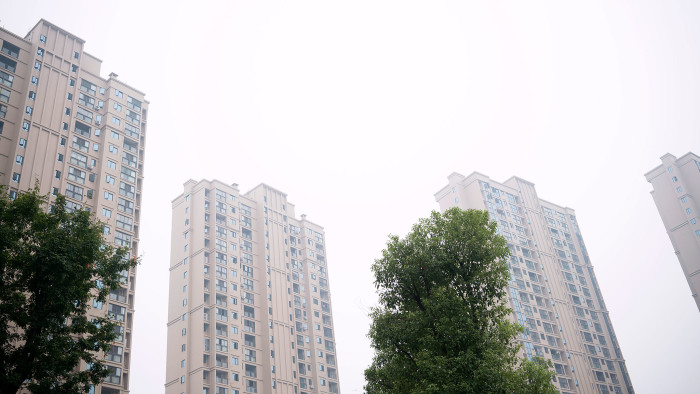
With wealth comes improved health
China has achieved notable success in the past 15 years in improving maternal health and bringing down its child mortality rates — two of the eight Millennium Development Goals that the UN established in 2000. Its high population means such gains in China translate into survival for hundreds of thousands of women and children.
That success is partly a result of the country’s rapid increase in wealth, which has led to improvements in nutrition for pregnant women and babies. The state has also been able to invest more in medical care, including prenatal check-ups and neonatal intensive care units.
“Before, some babies were simply not treated because of family poverty. But now fewer and fewer are left untreated, because parents have health insurance and the state has more resources,” says Dr Liu Cuiqing, head of the neonatal unit at Hebei Provincial Children’s hospital in Shijiazhuang. “But that puts more pressure on us, given the shortage of doctors, because to treat babies with serious conditions requires more work, more equipment and more time.”
There are also darker explanations behind the shining improvements in the statistics. China’s rigid population control policies — which have been eased over the past three years to allow almost all couples to have a second child — have meant that most families would abort at any sign of irregularity in prenatal scans, to avoid a possible health problem in their only child.
Some doctors and parents admit privately that stillborn babies, or newborns with untreatable conditions, are sometimes handed to their parents unregistered so that hospitals do not miss their targets for reducing infant mortality.
Comments